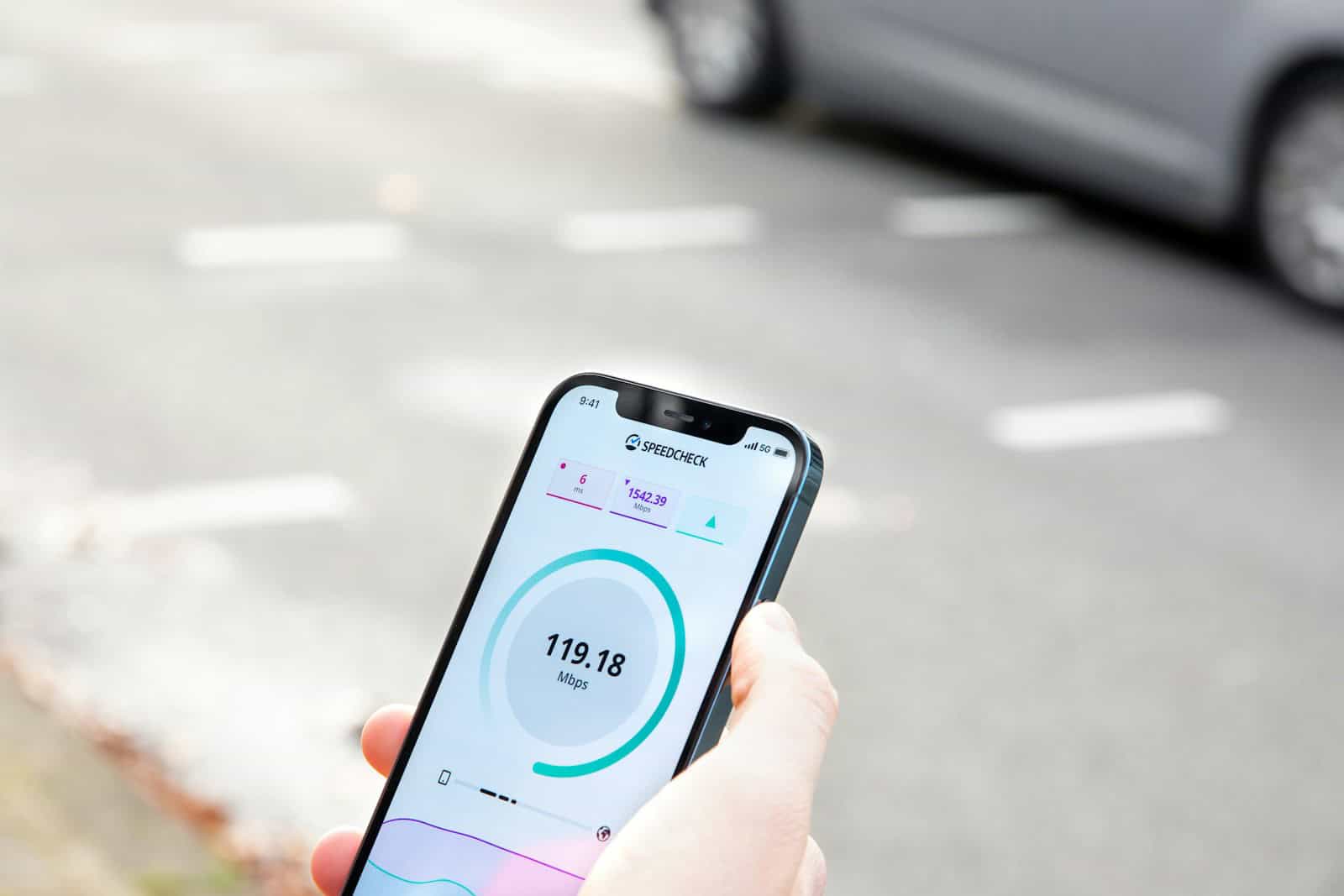A data cap is a limit set by an internet service provider on the amount of data a customer can use within a certain period, usually one month. Service providers enforce these caps to regulate network traffic and prevent congestion, ensuring a steady service for all customers. When a user reaches this limit, the provider may slow down the internet speed, charge extra fees for additional data usage, or both.
Understanding how these caps work is essential for users to avoid unexpected charges and internet throttling. Some providers offer various plans with different data limits, while others may provide unlimited data usage. The size of a data cap can vary significantly; some may offer a cap as high as several terabytes, which can accommodate heavy internet use, while lower data caps might affect users who frequently download or stream.
Demystifying Data Caps: How They Work and What They Mean for You
Data caps are a common feature in many internet plans, both for home broadband and mobile data. These limits on how much data you can use each month can be a source of confusion and frustration for many users. Let’s break down what data caps are, how they work, and what you need to know to manage your usage and avoid overage fees.
What is a Data Cap?
A data cap is a limit on how much data you can transfer over your internet connection during a billing cycle, typically a month. Think of it like a water meter; once you’ve used a certain amount, you’ll either be charged extra or have your speeds slowed down.
How Data Caps Are Measured
Data usage is measured in gigabytes (GB) or terabytes (TB). Each online activity, from checking email to streaming videos, consumes a different amount of data. For example:
| Activity | Approximate Data Usage per Hour |
|---|---|
| Browsing the web | 100 MB |
| Streaming music | 50-150 MB |
| Streaming video in SD | 1 GB |
| Streaming video in HD | 3 GB |
| Video calling | 0.5 – 3 GB |
| Online gaming | 40-300 MB |
Hard vs. Soft Data Caps
- Hard Data Caps: Your internet service provider (ISP) will either completely cut off your internet access or charge you a hefty fee for every additional GB you use.
- Soft Data Caps: Your ISP will slow down your internet speed after you’ve reached the cap, but you’ll still have access to the internet.
How to Find Your Data Cap
You can find your data cap by:
- Checking your bill or contract: Your ISP usually mentions it there.
- Visiting your ISP’s website or app: They often have tools to track your data usage.
- Contacting your ISP directly: They can tell you your specific plan’s data cap.
Avoiding Overage Fees
If you have a data cap, be mindful of your usage to avoid exceeding it. Here are some tips:
- Monitor your data: Use your ISP’s tools or third-party apps to track your usage.
- Limit data-heavy activities: Be aware of activities like streaming high-definition videos or downloading large files.
- Use Wi-Fi whenever possible: Connect to Wi-Fi networks at home or in public places to avoid using your mobile data.
- Consider upgrading your plan: If you consistently exceed your data cap, a plan with a higher limit might be more cost-effective.
Key Takeaways
- Data caps are monthly limits on data usage set by internet service providers.
- Exceeding a data cap can lead to additional charges or reduced internet speeds.
- Internet plans vary, with some offering unlimited data and others having defined limits.
Understanding Data Caps
Data caps limit how much data an internet user can transfer each month. This section explains how data caps work, their types, and ways to manage them.
Defining Data Caps
A data cap is a threshold set by an Internet Service Provider (ISP) on the amount of data a user can download or upload during a billing cycle, typically a month. The limits can range from a few gigabytes (GB) to a terabyte (TB) or more, affecting various online activities such as streaming, browsing, and gaming.
Types of Data Caps
There are two main types: a hard cap limits data strictly, while a soft cap may result in reduced speeds, known as throttling, once users exceed a certain threshold. Some ISPs offer unlimited data plans, but these can still have restrictions based on a fair use policy to prevent network congestion.
Impact on Internet Usage
Data caps can directly influence users’ internet usage. Activities like watching movies on Netflix, playing video games, and making video calls consume different amounts of data. Streaming a movie in high definition can use about 3 GB per hour, while browsing or sending emails generally uses much less.
Measuring Data Usage
Users can track their data usage through ISPs’ tools or third-party applications. Data is measured in bits and bytes, with speeds often noted in megabits per second (Mbps). By monitoring, users can estimate their monthly usage and avoid exceeding their data cap.
Reasons for Data Caps
ISPs may impose data caps to manage network traffic and prevent congestion, ensuring stable internet speeds for all customers. Caps also help ISPs forecast demand and scale their infrastructure accordingly.
Avoiding Overage Charges
To avoid overage fees, it’s wise for users to understand their plan’s details, regularly check data usage, and adjust their online behavior. Some ISPs may offer notifications when users approach their data cap.
Plans and Providers
Various providers, such as AT&T, Cox, Xfinity, Spectrum, and others, offer plans with different data limits. The type of internet service—whether DSL, cable, fiber, or satellite—affects available plans. Providers like Google Fiber, Verizon Fios, and Starlink have options that range from data caps to unlimited plans.







